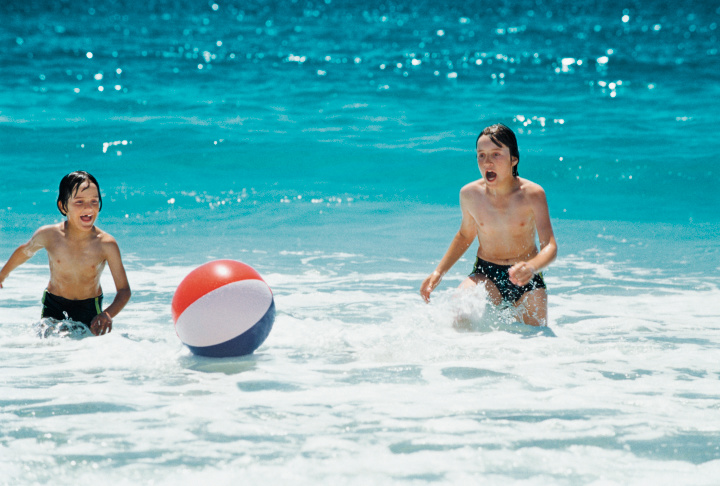Baltic and European news
Safer bathing in cleaner water
European Parliament - Public health - 18-01-2006Fancy a swim? From 2013 at the latest, consumers will be able to check out the safety of EU bathing sites on the internet before taking to the water, thanks to legislation approved by the European Parliament. Information will also be posted at the locations. The Parliament negotiated ruthlessly with EU ministers over three years to strengthen standards and to improve the quality of conditions across the EU.
Parliament voted to approve the conciliation agreement on bathing water with 584 votes in favour 11 against and 56 abstentions. For years the European Union has struggled to replace its existing directive on bathing water, which dates from 1976. An agreement was reached between MEPs and representatives of the Member States in a conciliation meeting in October 2005.
The provisions of the old directive and the parameters it required to be measured had been overtaken by scientific developments. But the European Parliament and the Council, in their efforts to strike a balance between health standards and the need to avoid administrative and financial burdens, had stuck to their different positions at the end of the second reading of the co-decision procedure. This meant conciliation was needed, i.e. direct negotiations between 25 Council representatives and 25 MEPs. The two sides had a maximum of six weeks to reach a deal but they achieved an agreement at the first meeting of the official negotiations.
Jules MAATEN (ALDE, NL), rapporteur described the outcome of the vote as: "less bureaucracy, less risk and more information".
Final obstacles removed
The main obstacle in the final round of talks was the question of the standards to be applied to a new category of intermediate quality - known as "sufficient quality" - which would be lower than "excellent quality" and "good quality". Parliament had accepted this new suggestion from the Council provided the standard required was raised. The negotiations produced an agreement on tougher reference values than those proposed by the Council, both for inland waters and coastal waters. From now on, in the "sufficient" category, the parameters for intestinal enterococchi will be 330 (inland waters) and 185 (coastal waters), measured at 90 percentiles. The values for the bacterium Escherichia coli were not changed. Overall, this represents a reduction in health risks to bathers from 12% to around 8%.
Once MEPs had obtained satisfaction on tightening up the standards, their demand to make this category a transitional one was no longer necessary. The report to be submitted later by the Commission to Parliament has been brought forward from 2018 to 2008 and, at the insistence of MEPs, will have to include an analysis of viruses. On the basis of this report, the Commission will have to review the directive by 2020. At that point it is envisaged that the "sufficient" category may disappear.
During the negotiations, Parliament also obtained a commitment from the Member States that constantly updated information should be provided to bathers. New standard signs will be devised in the near future and must be placed at all bathing sites to indicate the quality of the water. The findings of regular tests will also be made available swiftly, in particular on the Internet.
The directive is scheduled to be implemented within two years after it has entered into force, namely at the start of 2008.
Story: http://www.europarl.eu.int/news/public/story_page/066-4416-16-1-3-911-20060118STO04413-2006-16-01-2006/default_en.htm REF.: 20060118STO04413
Follow-up: http://www.europarl.eu.int/news/public/default_en.htm


